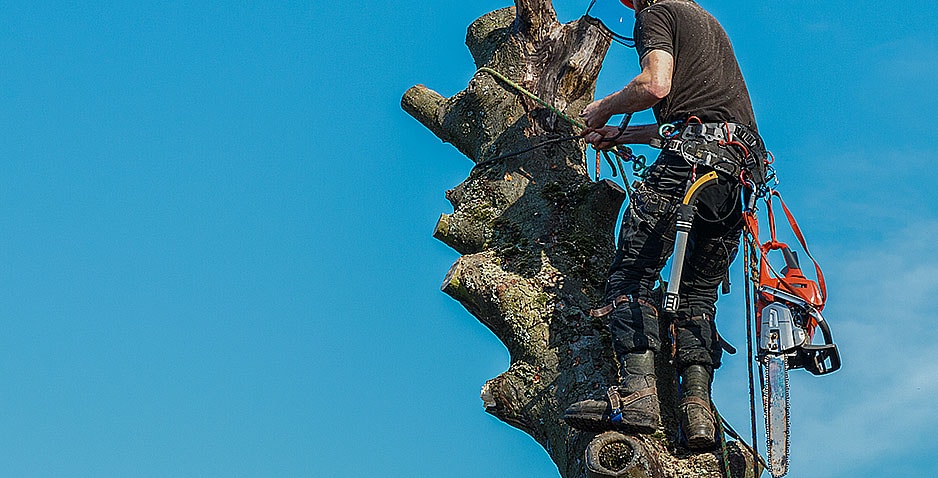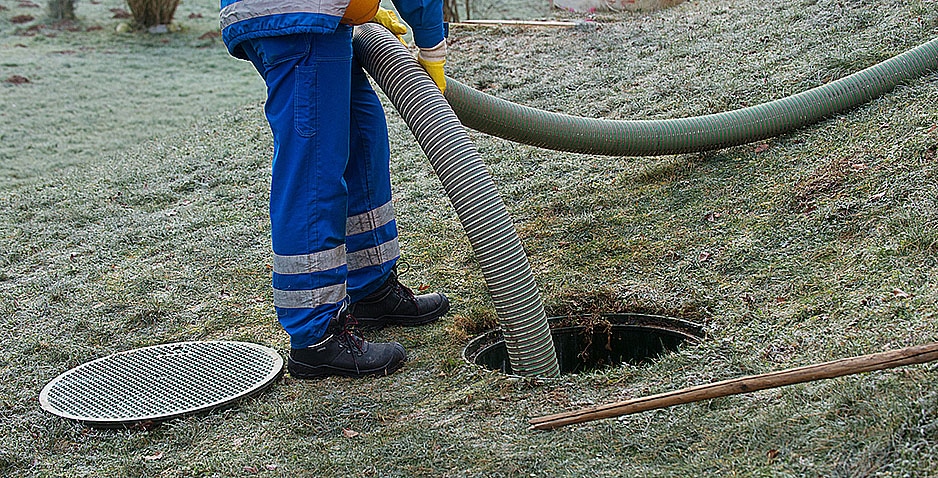Tree removal might seem like a simple task – after all, it’s just cutting down a tree, right? However, in reality, it’s a complex process that involves a lot of preparation and safety measures. If done incorrectly, tree removal can lead to injury, damage to property, or harm to the surrounding environment. So, it’s crucial to understand the best practices in safe tree removal services. Let’s begin.
Preparing for Tree Removal
Before you start chopping down a tree, you must take some time to plan. First, inspect the tree. Look at its size, shape, and condition. Is it a tall tree? Does it lean one way or another? Is it healthy, or does it have dead branches? Answers to these questions can help you figure out the best way to remove the tree safely.
For instance, if a tree is very tall, it might not be safe to cut it down in one go. Instead, it might be better to trim it piece by piece. If a tree leans to one side, it might fall in that direction when you cut it. And if a tree has dead branches, those branches could break off and fall while you’re cutting the tree, creating a safety risk.
Safety Equipment is Essential
Once you have a plan, it’s time to gather your personal protective equipment. This is a critical step in the tree removal process because cutting down a tree can be dangerous. Sharp tools, falling branches, and the tree itself can all pose risks. But with the right safety equipment, you can protect yourself from these hazards.
First, you’ll need a hard hat to protect your head from falling branches. You’ll also need safety glasses to shield your eyes from dust and debris. If you’re using noisy equipment like a chainsaw, ear protection can prevent damage to your hearing. Gloves can protect your hands from cuts and scrapes, and sturdy boots can keep your feet safe if something falls.
Cutting the Tree
With your safety equipment on, you’re ready to start cutting the tree. It’s important to be patient and careful during this step. Hurrying can lead to mistakes, and mistakes can lead to accidents.
Start by making a notch cut on the side of the tree facing the direction you want it to fall. The notch cut should be about one-third of the way into the tree. After that, make a back cut on the opposite side of the tree, a little higher than the notch. As you cut, the tree will start to lean towards the notch. When the tree starts to fall, move quickly and safely away to a previously determined safe area, also known as your escape route.
After the Tree Falls
Even after the tree falls, you have to be careful. There might be dead branches – known as “widow-makers” – caught up in the surrounding trees, and they can fall down at any time. So, stay alert, look up and around regularly, and keep your hard hat on.
Once you’ve made sure it’s safe, you can start cleaning up. Cut the fallen tree into smaller pieces, and pick up any branches or debris. If you’ve used any equipment like a chainsaw, make sure to clean and store it properly after use.
Remember, tree removal can be a dangerous task, and it’s often best left to professionals. They have the training and equipment to do the job safely. So, if you’re unsure about removing a tree, it’s always safer to call a professional. But if you decide to do it yourself, following these best practices can help you do it safely and effectively.
Now you might ask, how to identify and remove hazardous trees? Let’s look into that now.
Removing dying and hazardous trees
When you’re playing in your backyard or taking a walk in a park, you might see all kinds of trees – big ones, small ones, and everything in between. But did you know that some trees can become dangerous? Trees can get sick, just like people, and when they do, they might die or become hazardous. These are trees that are unhealthy or unstable and might fall down or lose large branches, which can be very dangerous.
You can tell if a tree is dead or hazardous by looking for some clues. A dead tree might not have any leaves, even in the spring or summer when other trees are full of green leaves. It might also have branches that break off easily, or it might have a lot of bugs like beetles on it. A hazardous tree removal might not be dead, but it could be leaning to one side, or it might have cracks in its trunk. If you see a tree like this, it’s important to get tree pruning.
The Importance of Removing Dead and Hazardous Trees
You might wonder, “Why can’t we just leave the tree alone? It’s not bothering anyone.” But dead and hazardous trees can be risky. If a big wind comes, or even if it’s just a regular day, parts of the tree or the whole tree could fall down. If it falls on a house, a car, or a person, it could cause a lot of damage or hurt someone.
That’s why it’s important to remove dead and hazardous trees. But this is a job for grown-ups. Removing a tree is hard work and can be dangerous, so it should be done by professionals who know what they’re doing and have the right equipment.
The Process of Tree Removal
The process of tree cutting services Kensington starts with a plan. The professionals will look at the tree, decide the best way to take it down, and figure out where it should fall. They’ll also plan an escape route, just in case something unexpected happens.
Once the plan is in place, they’ll start cutting the tree, usually with a chainsaw. They’ll make a notch cut, which is a special kind of cut that guides the tree to fall in a certain direction. Then, they’ll make a back cut, which is another special cut that helps the tree fall. After the tree starts to fall, they’ll use their escape route to get to a safe distance.
Replacing the Removed Tree
After the tree is down and all the pieces have been cleaned up, there’s usually an empty space left behind. This might look a little sad, but it’s actually a great opportunity. This is the perfect spot to plant a new tree!
When choosing a new tree, it’s important to pick one that is suitable for the spot. It should be a type of tree that can grow well in your local climate and soil type. Also, make sure it’s a tree that won’t grow too big for the space.
Once the new tree is planted, make sure to take good care of it. Water it regularly, protect it from pests, and give it plenty of love. In time, it will grow into a beautiful, healthy tree, just like the one that was there before.
Remember, dealing with dead and hazardous trees can be a little scary, but with the help of professional tree removal companies Chevy Chase, it can be done safely. And in the end, you get the reward of a new tree that can grow and thrive for many years to come.



